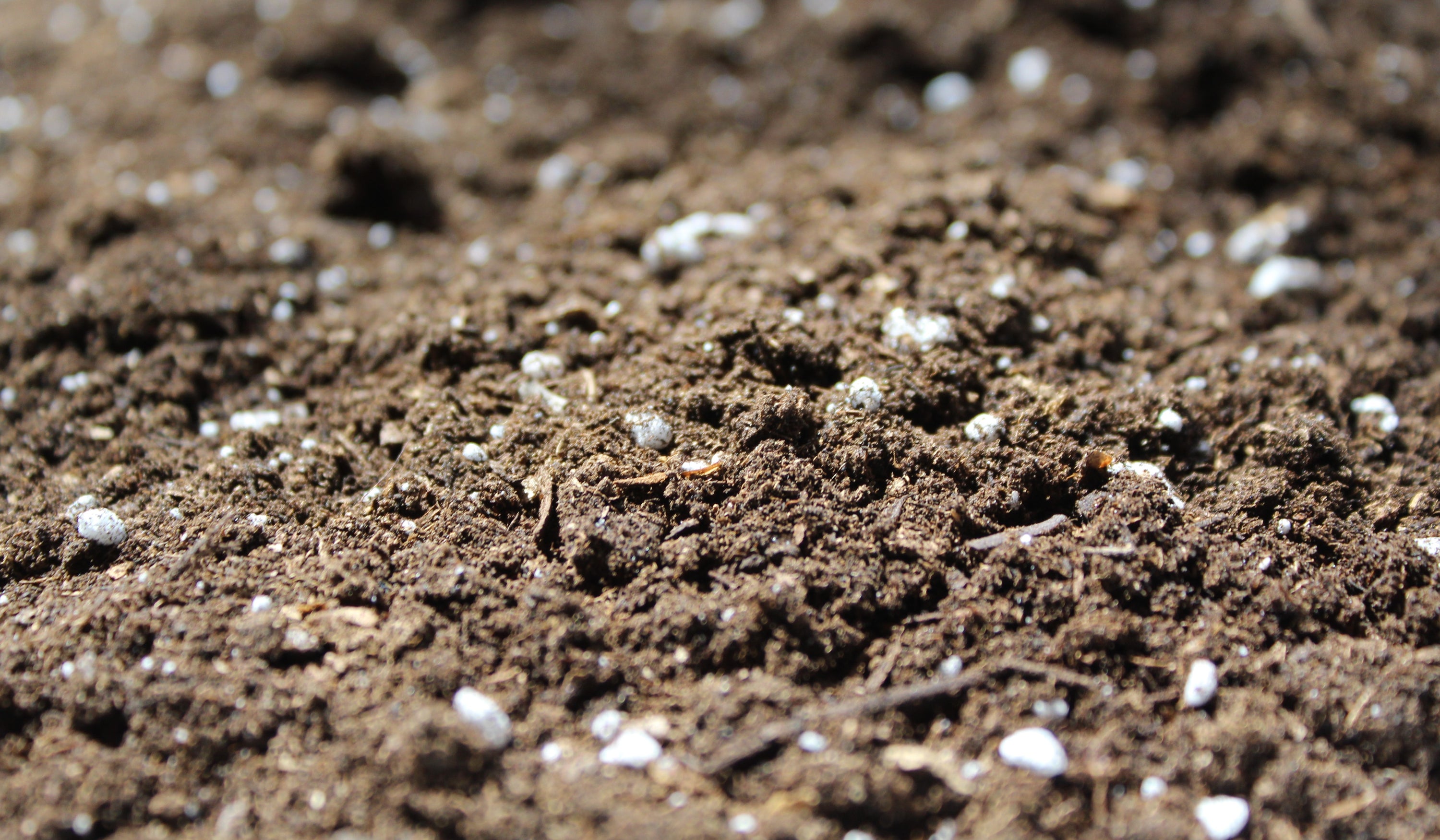Finding the perfect cannabis soil can feel like hunting for a white whale. Rather than building soil from scratch, many growers opt to tinker with a base blend. Customizing a soil blend is an easy way to have more control over your plants' consumption, and can help growers achieve a more exact knowledge of cannabis needs throughout the grow cycle. It also takes a lot of the labor out of building a base mix from scratch, saving you time.
It’s important to consider some general plant needs when creating a custom blend. Cannabis has a specific slate of needs that must be met for healthy growth, though there are many strategies you can use to get there.
Nutrient Content:
Cannabis is considered a heavy-feeding plant, meaning that it has heavy nutrient demands for consistent and balanced growth. This also means that cannabis is incredibly sensitive to nutrient deficiencies.
There are three key nutrients that all plants need: Nitrogen, Phosphorus, and Potassium. NPK values indicate the concentrations of these nutrients in a specific fertilizer or amendment. While these are the nutrients your plants need in the highest concentration, they will suffer without secondary nutrients such as calcium and magnesium as well as trace nutrients like iron, zinc, and boron.
When building your nutrient program, be sure to supply essential secondary nutrients, micronutrients, and trace nutrients to your plants. An abundance of nutrients outside of the standard NPK can promote an increased terpene profile, as well as a healthier overall plant.
Drainage/Aeration:
Healthy roots don’t just need the right nutrients but need an ideal soil texture to grow healthy and strong. An ideal balance of moisture retention and drainage will facilitate root development, improve nutrient uptake, and reduce runoff. Root rot is a common issue among cannabis growers and isn’t always the fault of overwatering. If your growing media doesn’t contain enough drainage, water can build up around the root zone and create rot, host diseases, and establish a home for pests such as fungal gnats. Make sure your mix contains perlite, vermiculite, or another amendment that supports a well-draining soil.
pH:
Many growers talk about pH as a component of successful cannabis cultivation but might not understand why pH is so important. pH is a measure of the hydrogen ion concentration present in a solution. When your plants are grown in their optimal pH range, cation exchange is more readily performed, meaning that your crop can easily take in nutrients. Some nutrients and chemicals are more easily soluble in water at specific pH ranges, allowing them to be taken in by plants. Additionally, certain microbes function best in specific pH ranges, allowing them to have a greater efficacy in your soil.
The optimum range for many plants, cannabis included, is for your soil and your water to be slightly acidic (6.0-6.9). Though plants can be grown from 7-7.5, a pH higher than 7.5 will decrease the bioavailability of the nutrients your plant needs, as well as reduce cation exchange and microbial activity.
Microbes:
A living component of soil is universally present when you’re working with organic products. Whether you’re using compost as a base for your homemade soil blend, or applying a liquid biological in your nutrient program, microbes are easy to incorporate and essential to any grower. Microbes work directly with your plants to improve nutrient uptake, which increases nutrient density, terpene profile, yield, and overall plant health.
Customizing Your Blend:
Customizing your soil mix is slightly easier than building your blend from scratch. If you know your base mix well, tinkering with it to make it ideal for your plants is easy. If you’re trying a new soil, or working with a blend you’ve never customized before, there are a few steps you can take to make it the ideal soil for you.
Check the nutrient analysis on the back of the bag. Most soil mixes will contain at least a starter fertility to help your plants get established, so find out your baseline. If the soil you’re growing with is classified as a supersoil, such as Purple Cow IndiCanja, it’s likely that your soil will need minimal tinkering to make it ideal for plant growth.
Once you know what your baseline is, you can then add nutrients. We recommend adding our All-Purpose Fertilizer and Activated Compost and letting your soil ‘cook’ for about 4 weeks to break down the nutrients and make them readily available as your plants need them.
If you’re growing in a heavier soil blend, you may want to add perlite, vermiculite, or rice hulls to increase aeration and improve drainage. Some growers will add a little perlite to mixes that have existing drainage just to decrease the chances of root rot. Be careful to create a healthy balance of drainage and water retention in your soil, as too much drainage can lead to nutrient leaching, excess water use, and dry soil.
Our growing experts have years of experience tinkering and perfecting their soil mixes. If you have questions about growing with Purple Cow Organics, don’t hesitate to reach out to us at info@purplecoworganics.com.


